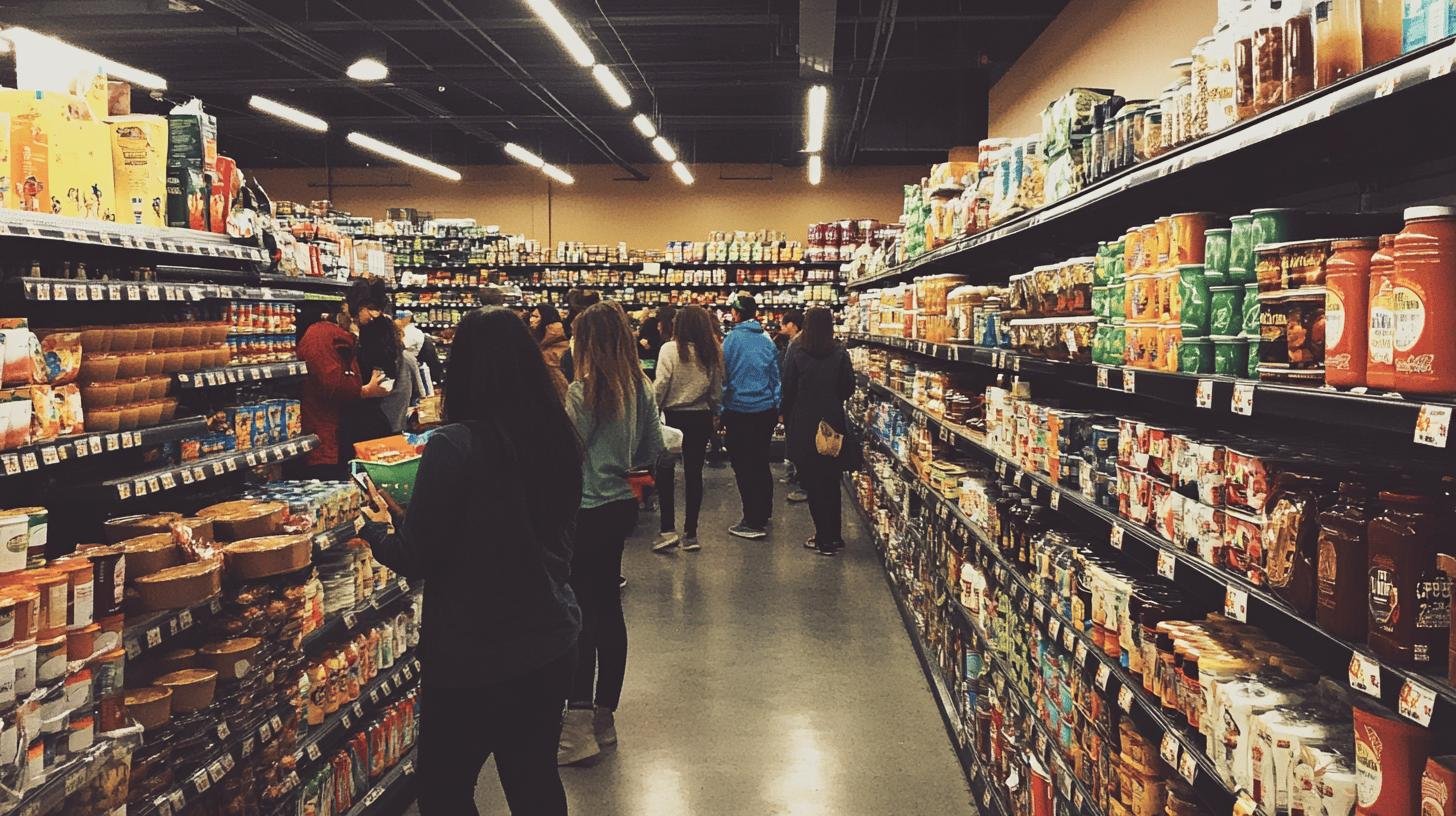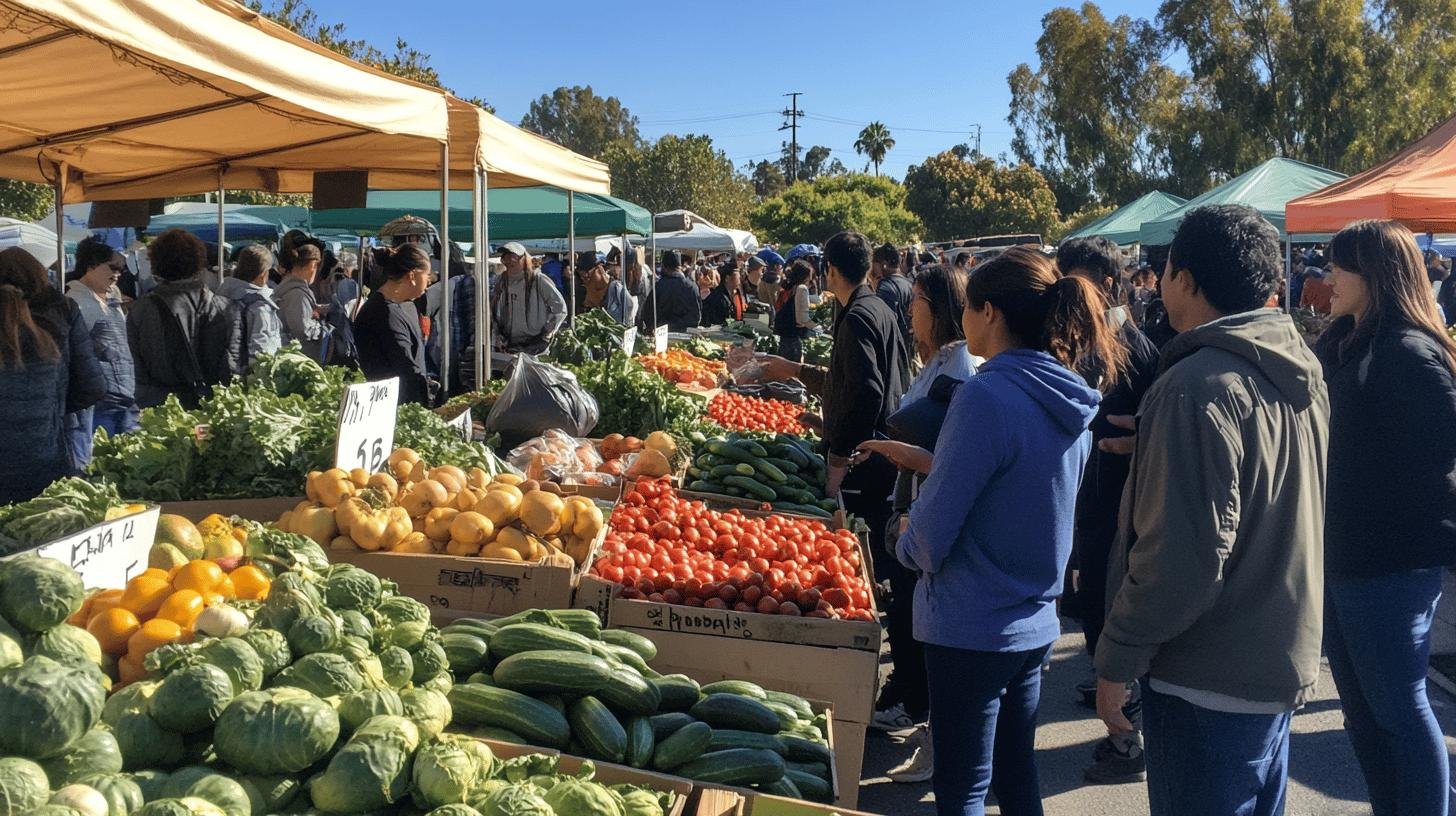TL;DR:
- Consumers determine demand and influence market supply and pricing in a free market.
- Key factors influencing consumer choices: price, quality, personal preferences, competition, and access to information.
- Consumer sovereignty allows choices to dictate production by signaling producers.
- Decision-making process: need recognition, information gathering, evaluating options, purchase, and reflection.
- Consumer preferences drive market competition, prompting businesses to innovate and improve.
- Ethical consumerism impacts market dynamics; support for businesses aligned with consumer values fosters diversity and competition.
Ever wondered who really calls the shots in a free market? The answer might surprise you. In a free market economy, the real power lies with everyday people like you and me. But who are the consumers in a free market? They’re individuals and families making choices based on what they need and want. These consumers don’t just buy stuff; they actually shape what gets made and sold. Their choices affect prices and availability of products. Let’s dive into how these often-overlooked market players influence entire economies with their shopping habits.
Understanding Who Are the Consumers in a Free Market
In a free market, consumers play a crucial role. But who are the consumers in a free market? They’re individuals and families who buy products based on their needs and preferences. These choices determine demand, affecting what’s available and at what cost. Consumers guide businesses on what to produce, shaping the overall market landscape.
Consumer choices impact supply and demand. When a product is popular, demand goes up. Producers then increase the supply to meet this interest. On the other hand, if a product loses appeal, demand drops, and supply adjusts. This interaction helps set prices, as businesses aim to balance supply with consumer demand. This feedback loop keeps the market dynamic and responsive.
Several factors influence consumer decisions. Price is often a primary concern, as consumers want good value. Quality also matters, with many willing to pay more for better products. Personal preferences, shaped by lifestyle, trends, and ads, guide buying choices. Understanding these elements explains the market’s ebb and flow in a free economy.
The Role of Consumer Choice and Sovereignty

Consumer sovereignty means consumers decide what gets produced in a free market. They choose from a wide range of products that meet their needs. By selecting certain products, they signal producers on what to make. Business success hinges on aligning with these consumer preferences. Economic freedom lets individuals spend as they wish, prompting businesses to innovate and compete for attention.
Factors enhancing consumer sovereignty include:
- Diverse product choices: More options allow consumers to find products that best fit their needs.
- Access to information: Well-informed consumers make better choices, influencing trends.
- Competition among producers: Promotes better quality and lowers prices.
- Technological advances: Make accessing products and information easier.
- Consumer education: Understanding rights and product info boosts decision-making.
Voluntary exchanges are key in a free market, occurring when both sides agree on the terms. These exchanges ensure that consumers and producers both benefit, aligning resources with consumer desires. This mutual agreement maintains the market’s health through supply-demand balance.
How Consumer Decisions Influence Market Demand and Supply
Consumer spending sends signals to producers about what to offer. When consumers buy more, it shows demand growth, urging producers to increase production. A drop in spending hints at reduced interest, signaling producers to cut back. This signal from consumers is vital in pricing resources to match desires.
Demand Side Influence
Consumer preferences shape demand. When they favor certain products, demand increases. Trends, tastes, and marketing drive these choices. For instance, a popular new tech gadget causes demand to surge, prompting more production. If a product loses appeal, demand shrinks, and companies must innovate or reduce supply. Consumer spending trends directly impact which products thrive or fade.
Supply-Side Response
Businesses watch consumer behavior to adjust supply. Rising demand leads them to boost production to avoid shortages. They might enhance efficiency to meet demand without high prices. Conversely, if demand drops, businesses decrease supply to avoid overproduction and losses. This adaptability keeps the market balanced with changing preferences.
Overall, consumers play a crucial role in market equilibrium. The interplay between consumer demand and supply ensures responsive and efficient markets. By aligning production with consumer desires, the market adapts to shifting preferences, balancing supply and demand.
Consumer Behavior and Purchasing Decisions

In a free market, consumers are influenced by price, quality, and preferences. Price is key, as they seek the best value. Quality also matters, with many willing to pay for better products. Preferences, influenced by lifestyle and trends, guide choices. This mix of factors shapes market dynamics by signaling to producers what to supply.
The consumer decision-making process involves:
- Recognizing a need or want
- Gathering information on products
- Evaluating alternatives based on price and quality
- Making the purchase decision
- Buying the product
- Reflecting on satisfaction
Consumer choices dictate which goods thrive, signaling producers on what to offer. This feedback loop helps businesses align products with consumer demands, refining continuously to meet needs. Thus, consumer behavior affects market variety and quality.
The Impact of Consumer Preferences on Market Competition
Consumer preferences push businesses to innovate and stay efficient. When consumers like specific products, companies compete to meet these demands. This competition leads to better quality and competitive prices. Thus, consumer preferences guide production and ensure businesses stay dynamic.
| Consumer Preference | Market Effect |
|---|---|
| Organic Products | Increased competition in natural goods |
| Tech Gadgets | Faster innovation cycles in electronics |
| Sustainable Fashion | More eco-friendly clothing options |
| Quick Service | Expansion of fast-casual dining options |
Market-driven behavior offers quality goods at competitive prices for consumers. It encourages continual improvement by businesses to meet demands. This approach maximizes consumer satisfaction with a wide range of choices for diverse preferences. The market thrives on consumer signals, fostering innovation and efficiency.
Supporting Woke-Free Businesses: A Consumer’s Choice

Consumers hold power in shaping market trends through spending choices. Beyond personal satisfaction, their choices affect which businesses thrive. Informed consumers drive change aligning with their values. By supporting businesses matching their beliefs, they promote a values-driven market.
Ethical consumerism is crucial here. Supporting brands avoiding woke ideologies reflects ethical standards. This choice favors small businesses over corporations with woke agendas. Supporting woke-free small businesses empowers consumers and nurtures a market valuing diverse ideas. Such support encourages small businesses to uphold practices resonating with consumer values, ensuring consumer voices are respected.
Final Words
In a free market, consumers are the driving force behind what gets produced and sold. Their choices send strong messages to businesses about what people want. This back-and-forth between buyers and sellers keeps markets lively and responsive. By making smart choices, consumers can support businesses that match their values. This power to choose doesn’t just affect personal satisfaction – it shapes entire markets. So next time you’re shopping, remember: your choices are helping to steer the economy.
FAQ
Who are the consumers in a free market?
Consumers in a free market are individuals and groups who buy goods and services. Their choices determine what’s in demand, influencing what businesses produce and how they set prices.
How do consumers affect prices in a free market?
When lots of consumers want a product, its price often goes up because of high demand. If few people want something, its price might drop as businesses try to sell it.
Can consumers change what businesses make?
Yes! When consumers consistently buy certain products, businesses take notice. They’ll make more of what’s popular and might stop making things that don’t sell well.
Do all consumers have the same power in a free market?
Not exactly. Consumers with more money can buy more things, which gives them more influence. But even small purchases add up and can affect market trends.
How do businesses learn what consumers want?
Businesses study sales data, conduct surveys, and watch market trends. They use this info to guess what consumers might want to buy in the future.

